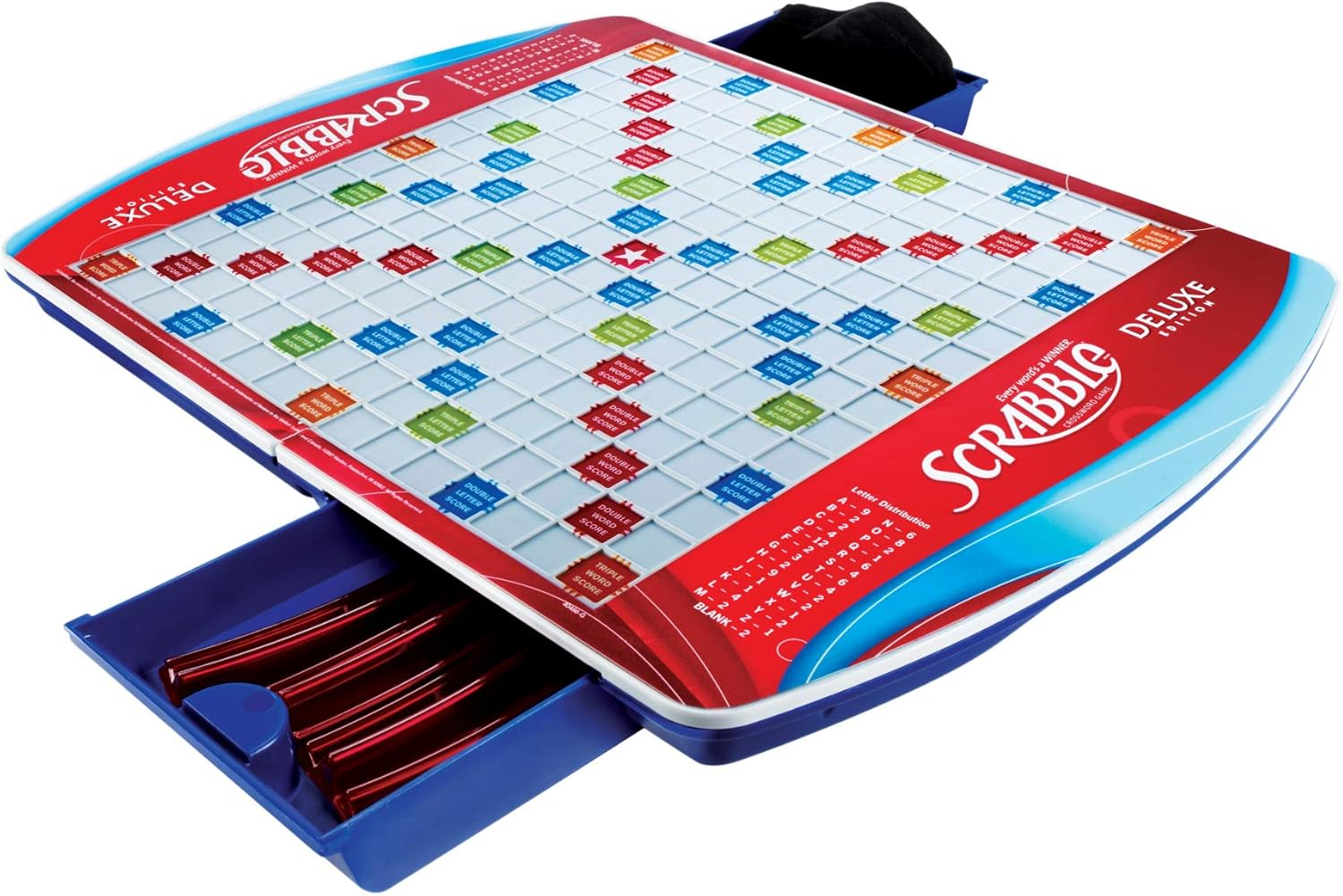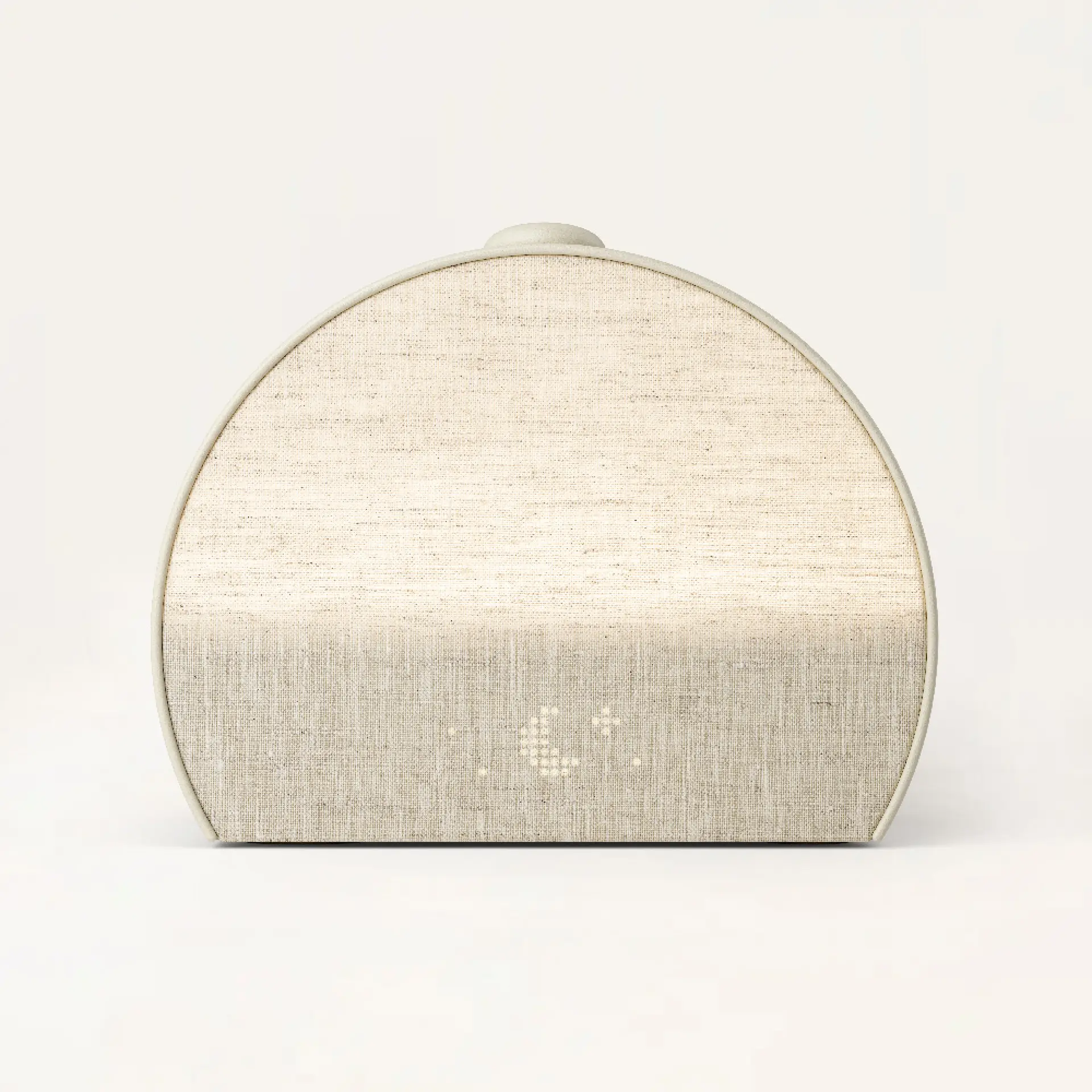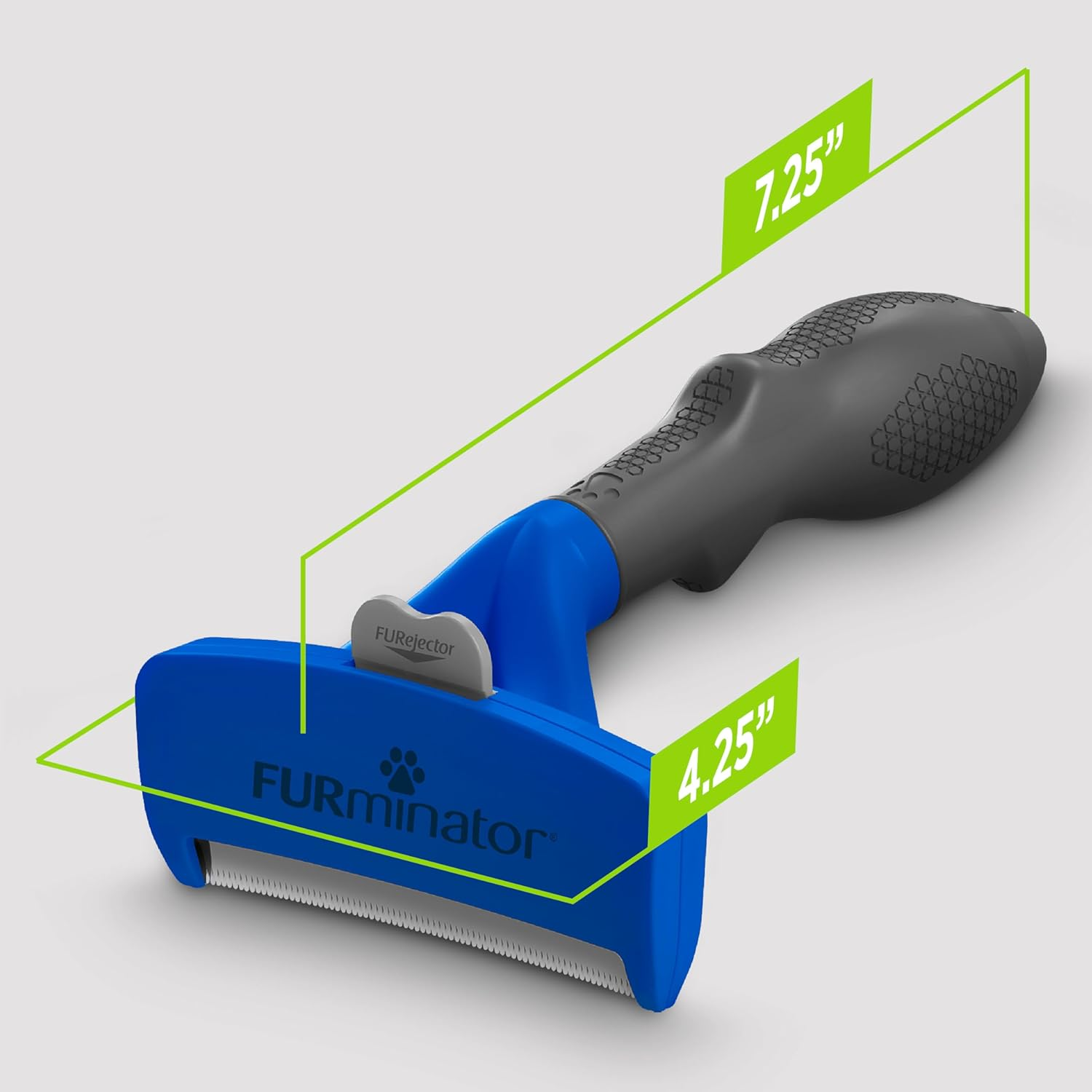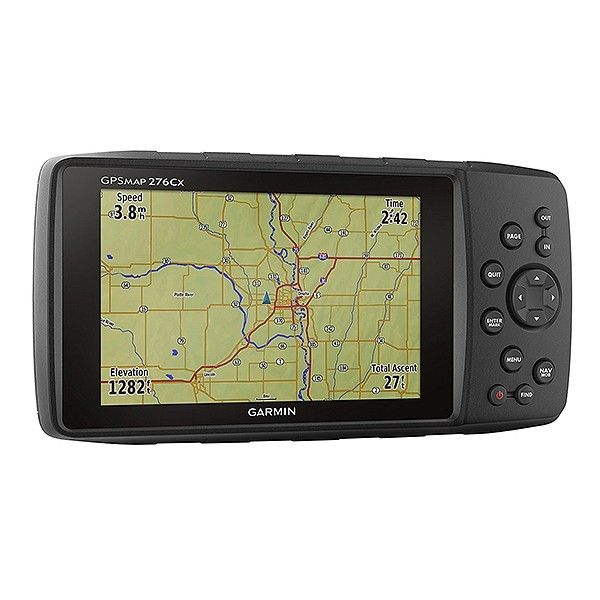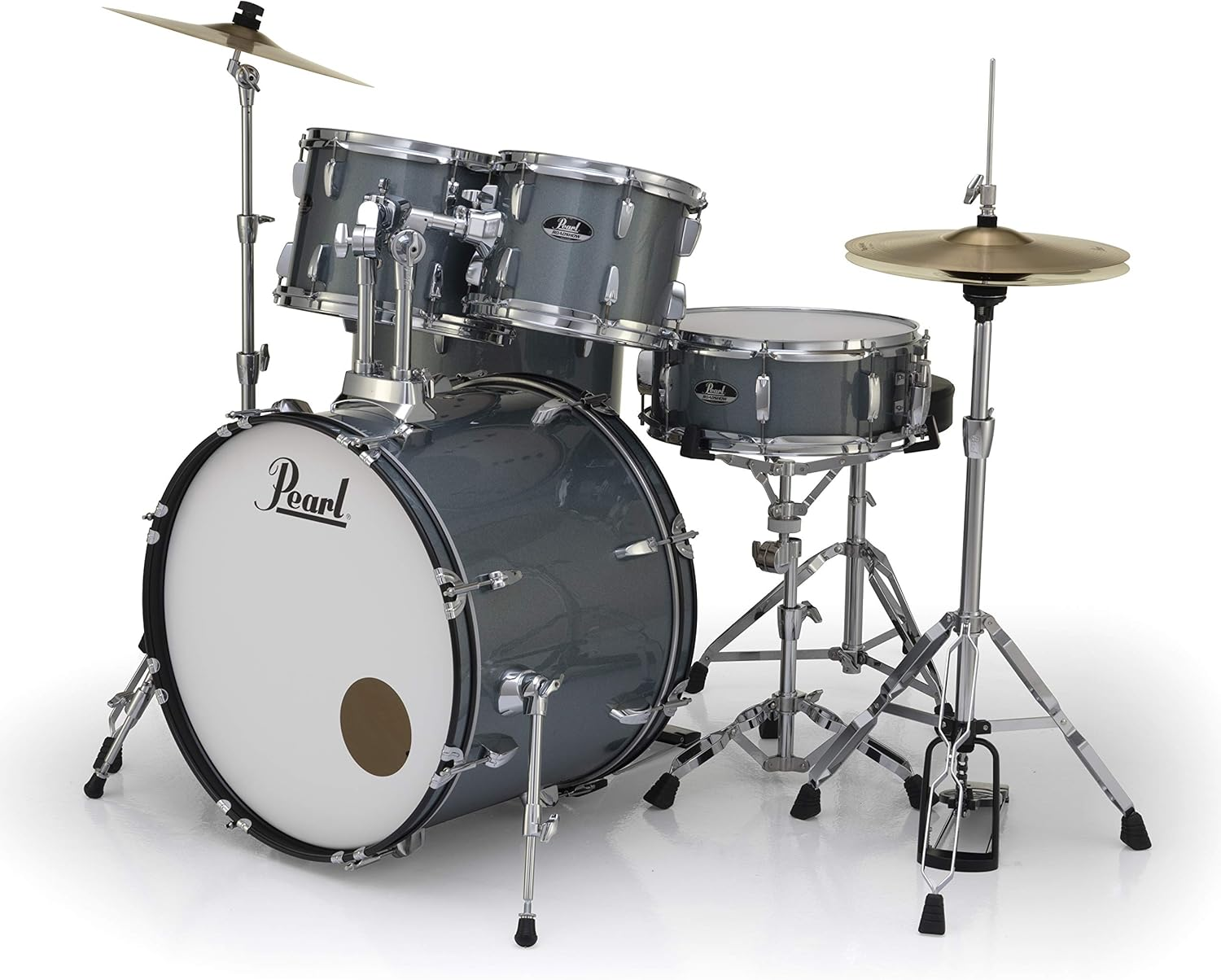The ukulele has exploded in popularity as a fun, easy-to-learn instrument that appeals to people of all ages. Whether you’re a child or an adult, the ukulele offers a gentle introduction to making music with its soft nylon strings and cheerful sound. One of the best parts is that you don’t need to spend a fortune to get started – there are many affordable ukuleles that still provide great quality and tone. The Kala KA-15S Mahogany Soprano Ukulele is a shining example: it’s budget-friendly, well-built, and perfect for beginners.
In this article, we’ll go over what makes the ukulele such an accessible instrument and why the Kala KA-15S is a top pick for anyone looking to strum their first chords.
Shop Kala KA-15S Mahogany Soprano Ukulele

Fun and Easy Instruments for All Ages: Why Ukulele?
If you’re considering a ukulele, here are some reasons it’s an ideal instrument for beginners young and old, and what to look for when choosing one:
- Small Size and Portability: Ukuleles, especially the soprano size, are very small and lightweight. This makes them easy for kids to hold and maneuver, and convenient for adults to carry around or travel with. The compact size means even people with no musical background can feel comfortable handling the instrument right away. You can take a ukulele to school, the park, or family gatherings without any hassle – it’s like having music in your backpack.
- Easy to Learn: With just four strings and a comfortable fretboard, the ukulele is one of the easiest instruments to pick up. The fret spacing on a soprano uke is perfect for smaller hands, but even adults with larger hands can adapt quickly (and can opt for a concert or tenor size later if they need a bit more room). Basic chords on the ukulele often use just one or two fingers, so you can start playing simple songs after learning a couple of chords. The learning curve is gentle, which is encouraging for beginners of any age.
- Pleasant Sound on a Budget: A key thing to look for in an affordable ukulele is decent build quality and materials. Many entry-level ukes, like the Kala KA-15S, are made from mahogany or other hardwoods (often laminated for cost). These materials give the ukulele a warm, pleasant sound that belies its small size. A good beginner ukulele should have proper fret placement (so it plays in tune) and decent tuners that keep it in tune. The great news is you can get all of this at a budget price – often well under $100. So, unlike some other instruments, a modest investment in a ukulele can yield an instrument that sounds sweet and stays enjoyable as you improve.
- Appeal to All Ages: Ukuleles have a friendly, non-intimidating vibe. Kids love them because they’re sized for little hands and produce a happy sound. Teens and adults find ukes great for sing-alongs, songwriting, or just stress relief after a long day. Because they’re easy to learn, families can even play music together, regardless of age or skill level. When choosing a beginner ukulele, consider who will be playing – soprano ukes like the Kala KA-15S are fine for most, but very young players might benefit from colorful designs or ultra-small sopranissimo sizes, whereas an adult might prefer the slightly larger concert size for comfort. Still, the soprano remains the classic go-to for its iconic ukulele jingle.
In summary, the ukulele’s size, simplicity, and charming tone make it a perfect instrument to spark a lifelong love of music. Now, let’s take a closer look at the Kala KA-15S Soprano Ukulele and see why it’s a favorite for first-time players.
Shop Kala KA-15S Mahogany Soprano Ukulele

Kala KA-15S Mahogany Soprano Ukulele
The Kala KA-15S is one of the most popular ukuleles for beginners, and it’s easy to see why. Kala is a well-respected brand in the ukulele world, known for making quality instruments at affordable prices. Here’s what the KA-15S offers:
Compact Size with Comfortable Playability
Being a soprano ukulele, the Kala KA-15S is the smallest standard size uke – and that’s great news for beginners. Its compact 21-inch length makes it easy to hold, whether you’re a child or an adult. The neck is short and the fretboard is narrow, which means even someone with no experience can reach the chords without straining. Young learners find that their hands naturally fit around the uke’s neck, and adults appreciate the portability and charm of the soprano size. The KA-15S has 12 frets (standard for a soprano), giving you enough notes to play a wide variety of songs in the ukulele’s range.
Playability is another strong point of the KA-15S. The string action (height) is set comfortably low at the factory, so pressing the soft nylon strings is easy and doesn’t hurt little fingers. The frets are well-finished without sharp edges, so your hand can move around comfortably. The tuners hold tuning reliably once the new strings have stretched out. All of these factors mean the Kala offers a smooth playing experience right out of the box, letting beginners focus on learning chords and strumming rather than struggling with the instrument.
Warm Sound and Solid Mahogany Build
Despite its small size, the KA-15S produces a pleasant, warm sound that instantly brings to mind Hawaiian beaches and happy tunes. It’s constructed with a mahogany top, back, and sides (laminated mahogany, which is typical for affordability and durability). Mahogany as a tonewood gives the ukulele a rich midrange and a bit of sweetness in the tone. When you strum an open C chord, you get a full, resonant sound that’s far superior to what you’d hear from a toy uke found at a dime store – this is a real instrument, and it sounds like one.
The soprano uke naturally has a bright voice, and the Kala KA-15S balances that brightness with mahogany’s warmth, resulting in a tone that is both bright and mellow. It’s not overly loud, but it projects nicely for personal playing or small group sing-alongs. The KA-15S comes with quality nylon strings (often Aquila brand) which contribute to its good sound and stable tuning. As with any new ukulele, you’ll need to tune frequently at first (nylon strings stretch), but after a short break-in period, the Kala holds its tuning well. Many owners of the KA-15S are pleasantly surprised by just how good this little uke sounds for the price.
Build-wise, the Kala KA-15S is simple but elegant. It has a smooth satin finish that shows off the reddish-brown mahogany wood grain. The lightweight open-geared tuners have a classic look and work effectively to keep the pitch. The craftsmanship is solid – no messy glue inside, and the neck and bridge are properly aligned. This reliable construction means the uke will hold up to lots of practice. With a bit of basic care (like keeping it in a gig bag when not in use and avoiding extreme temperatures), the KA-15S can be your musical companion for years.
Excellent Value and Beginner-Friendly Features
One of the biggest selling points of the Kala KA-15S is the value for money it provides. This ukulele often comes in well under $60, yet it feels and sounds like a much more refined instrument. It’s frequently recommended by music teachers and ukulele enthusiasts as the perfect first uke. With the KA-15S, you’re not just getting a cheap instrument – you’re getting an introduction to the world of ukulele that will inspire you to keep playing.
Some packages even include a simple gig bag and a tuner, which are useful for beginners. Even if yours didn’t come with those, a clip-on tuner is inexpensive and highly recommended to keep your uke in tune (standard tuning is G-C-E-A). The Kala’s intonation (how in-tune it stays along the fretboard) is reliably good, so chords sound pleasant and not “off” as you play up the neck – a common issue with ultra-cheap ukes that Kala avoids.
The KA-15S also has a timeless, no-frills design that appeals to all ages – not too kiddish, not too fancy. This means it’s a great ukulele for a classroom, for giving as a gift, or for picking up yourself to learn a new hobby. Because it’s so lightweight and durable, kids can handle it without fear of easily breaking it, and adults can toss it in a backpack for a weekend trip. In short, Kala has made sure that this ukulele ticks all the boxes for beginners: affordability, quality, ease of use, and a sound that makes you want to keep strumming.
Shop Kala KA-15S Mahogany Soprano Ukulele

Tips for Getting Started
Once you have your Kala KA-15S or any ukulele in hand, here are some tips to help you get started on your musical journey:
- Tune your ukulele before each session. Ukuleles can drift out of tune, especially when they’re new. Use a clip-on tuner or a tuning app to get your uke tuned to G-C-E-A (the standard tuning for soprano ukulele). Tuning only takes a minute and makes a huge difference in how enjoyable your practice sounds. With regular tuning, your ear will also start to recognize the proper pitches.
- Learn a few simple chords. Start with easy chords that use one or two fingers, such as C, Am, F, and G7. The good news is many popular songs can be played with just these basic chords. Practice switching between these chord shapes slowly. The Kala KA-15S’s comfortable fretboard will help make those transitions smooth. As you memorize chord shapes and build finger strength, you’ll be able to change chords more quickly and tackle more songs.
- Practice basic strumming patterns. Strumming is what gives rhythm to your playing. Begin with a simple down-down-down-down strum (strumming downward on each beat). Once you’re comfortable, try a down-up-down-up pattern to create a steady flow. It might feel awkward at first, but keep your wrist loose and let it swing naturally. You can mute the strings with your fretting hand (just lightly touch them without pressing down a chord) while you practice strumming, so you focus on the rhythm without worrying about chord fingerings.
- Use a comfortable hold and posture. Hold the ukulele against your chest (or rest it in the crook of your strumming arm), with your strumming arm (usually the right arm) gently hugging it. You don’t need a tight grip – just enough to keep it from sliding. Your left hand should support the neck lightly and move freely to form chords. If you’re a child or have smaller hands, the soprano uke’s size should feel just right. If you’re an adult finding it a bit cramped, you can still learn on the soprano and later consider a concert size if needed. Sit up straight but relaxed; good posture will make playing easier and breathing more natural if you sing along.
- Keep sessions short and fun. One huge advantage of the ukulele is that it’s fun to play, so leverage that! In the beginning, practice for about 10-15 minutes at a time, a couple of times a day. This prevents your fingers from getting too sore and keeps practice from feeling like a chore. Learn a simple song that you love; even if you have to play it slowly at first, it’s rewarding to hear a real melody coming from those strings. The Kala KA-15S’s friendly tone will make even simple tunes sound good, which is great positive feedback to keep you motivated.
- Explore online tutorials and songs. There are countless resources for learning ukulele online. Websites and video platforms have free lessons where you can see exactly how to form chords and strum patterns. You can find song tutorials for virtually any popular tune, often with simplified chords for beginners. Kala (the brand) also provides free lesson content and song sheets on their website for new players. Don’t hesitate to use these resources – they can dramatically speed up your learning and make practice more engaging.
- Take care of your ukulele. Even though beginner ukuleles like the KA-15S are durable, a little care will keep it in great shape. When you’re not playing, store your uke in a gig bag or on a stand to avoid accidental knocks or exposure to extreme humidity/temperature. Wipe the strings occasionally to remove oils from your fingers (this can extend string life). If one of your strings breaks or starts sounding dull over time, don’t worry – ukulele strings are inexpensive and easy to replace. Keeping your instrument in tune and well-maintained ensures it’s always ready to play when inspiration strikes.
- Play with others and have fun. The ukulele community is known for being welcoming and joyous. If you have friends or family members who play, try a jam session or a duet. You can also look for a local ukulele club or class – it’s a fantastic way to stay inspired and learn new songs. Playing music with others, regardless of age, is one of the best parts of learning an instrument. Remember, the ukulele is all about having fun and sharing the aloha spirit of music. So smile, experiment, and enjoy each step of learning. Every simple chord you strum is a step into the wonderful world of music.
By following these tips, you’ll quickly find yourself making real progress on the ukulele. The key is to stay relaxed, be patient, and enjoy the delightful sounds you’re creating.
Shop Kala KA-15S Mahogany Soprano Ukulele
Conclusion
The Kala KA-15S Mahogany Soprano Ukulele proves that an instrument can be both affordable and high-quality. It embodies the fun and ease that make ukuleles beloved by all ages. With its warm sound, comfortable playability, and reliable build, you have the perfect starter ukulele to begin your musical journey. So go ahead – tune up your uke, learn a few chords, and let the happy strums brighten your day. In no time, you and your Kala ukulele will be delighting friends and family with songs, and perhaps inspiring them to join in the musical fun too.
Shop Kala KA-15S Mahogany Soprano Ukulele
Frequently Asked Questions
- What size ukulele is best for a beginner?
For most beginners, a soprano or concert ukulele is recommended. The soprano is the smallest, standard uke size – it offers a bright, classic ukulele sound and is very portable. A concert ukulele is slightly larger, giving you a bit more fretboard space and a warmer tone, which some adults prefer for comfort. Both sizes are tuned the same and are easy to learn on. Bigger ukulele sizes (tenor and baritone) can come later once you get the basics down. - Do I need to learn to read music to play ukulele?
No, you don’t have to read standard music notation to enjoy the ukulele. Most beginners learn by using chord charts (simple diagrams showing where to put your fingers) and strum patterns. You can also use song sheets or ukulele tablature, which are very beginner-friendly. Over time, you might choose to learn to read music for more advanced playing, but it’s not a requirement to start strumming and singing along. - How often should I tune my ukulele and change the strings?
Tune up every time you play – ukuleles can go out of tune easily, especially when the strings are new. Regular tuning keeps you sounding good. As for strings, you can use them for several months. Replace them only when they start to sound dull, won’t stay in tune, or if one breaks. There’s no need to change strings very often for a beginner. - Is the ukulele easier to learn than the guitar?
Many beginners find the ukulele easier to start with. It has only four soft nylon strings (versus six steel strings on a guitar), so chords are simpler and gentler on your fingers. The uke’s small size also means you don’t have to stretch your hand as much. With a ukulele, you can often play easy songs after just a short time of practice, whereas guitar might take a bit longer for a newbie. Overall, the ukulele is very beginner-friendly. - Is the ukulele only for Hawaiian music, or can I play other genres?
You can play almost any style on the ukulele. It’s a versatile little instrument, not limited to Hawaiian tunes. Whether you like pop, rock, folk, or even jazz, you can find ukulele chords and arrangements for countless songs. The uke’s cheerful tone adds a fun twist to all kinds of music, so feel free to experiment with your favorite genres. - Should I use a pick to play the ukulele, or my fingers?
Most ukulele players strum with their fingers (using the thumb or index finger) instead of a pick. Finger-strumming produces a warm, mellow sound and gives you great control. You can use a pick – if you do, a soft felt pick or very thin guitar pick is recommended to avoid a harsh sound. It comes down to personal preference. Many beginners start with fingers to get comfortable, and later try a pick if they want a brighter sound. For most songs and players, strumming with fingers works wonderfully – but there’s no harm in trying different methods as you develop your style.


